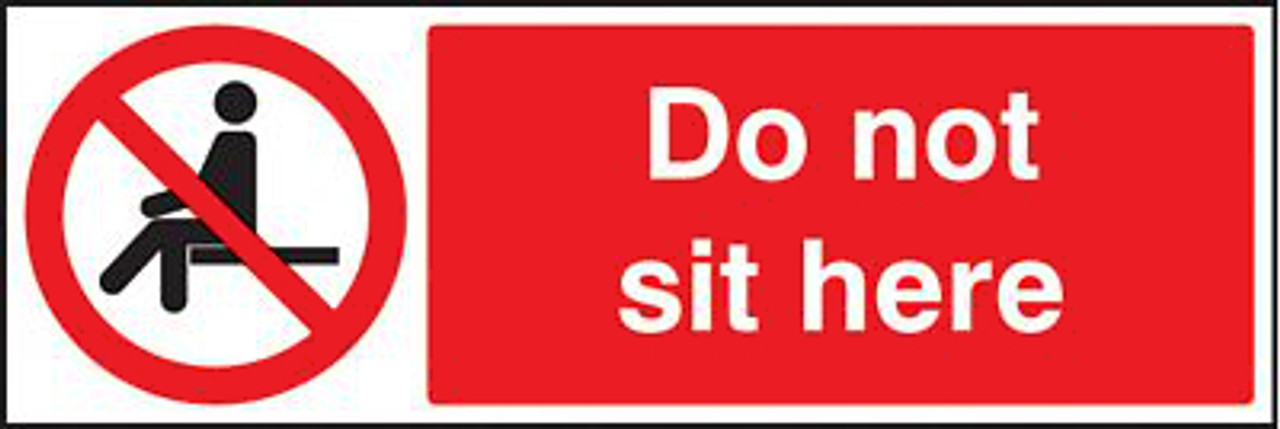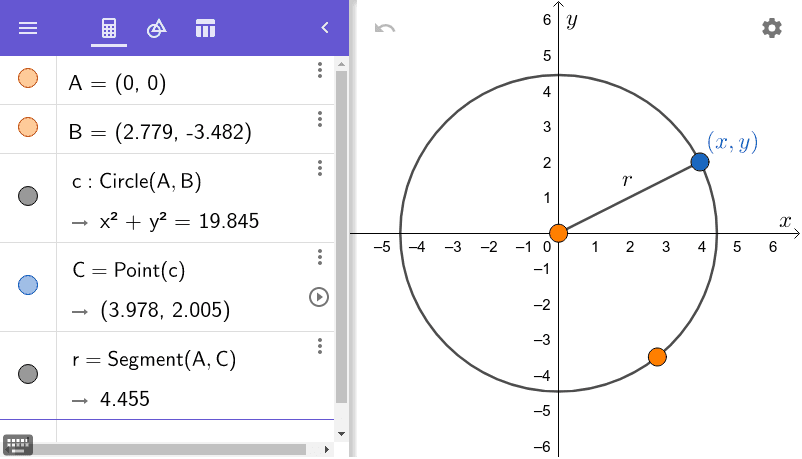42 latex list with custom labels
Lists - Overleaf, Online-LaTeX-editor The following table shows the LaTeX commands used for label-generation at each level of the itemize and enumerate list environments: Level: enumerate label commands: itemize label commands: ... The enumitem package is the recommended method for modifying standard LaTeX lists or creating your own custom list formats. Code listing - Overleaf, Online LaTeX Editor The command \lstinputlisting[language=Octave]{BitXorMatrix.m} imports the code from the file BitXorMatrix.m, the additional parameter in between brackets enables language highlighting for the Octave programming language.If you need to import only part of the file you can specify two comma-separated parameters inside the brackets. For instance, to import the code from the line 2 to the line 12 ...
Latex Lists - Tutorials List - Javatpoint LATEX LISTS. The Latex lists are used to add any additional packages. There are three types of lists. One is the enumerate list, which produces the numbered list. The second is itemize, which is used for the bulleted lists.The third one is the description list, which is neither bulleted nor numbered.In Latex, each list is defined by the \item.Through this method, sub-lists can also be created.

Latex list with custom labels
Fancy Labels and References in LaTeX - texblog The referencing functions in LaTeX are pretty powerful. In this article we want to illustrate some of those features and present packages that extend on them. The basic functionality is easy to understand: place a \label {key} behind a chapter, sectioning command or an image or table and assign a unique (!) key to it. Custom Labels in enumerated List - LaTeX.org LaTeX forum ⇒ Text Formatting ⇒ Custom Labels in enumerated List. Information and discussion about LaTeX's general text formatting features (e.g. bold, italic, enumerations, ...) 8 posts • Page 1 of 1. Laurentius Posts: 132 Joined: Wed Feb 11, 2009 9:38 pm. LaTeX list - Enumerate and Itemize - LaTeX-Tutorial.com Using lists in LaTeX is pretty straightforward and doesn't require you do add any additional packages. For unordered lists, LaTeX provides the itemize environment and for ordered lists there is the enumerate environment. The elements within both environments have to be declared beginning with the \item command.
Latex list with custom labels. Lists - Overleaf, Online LaTeX Editor The enumitem package is the recommended method for modifying standard LaTeX lists or creating your own custom list formats. enumitem provides a wealth of features so we can't cover all of them but we can provide a few basic examples to help get you get started. Lists - Overleaf, Онлайн редактор LaTeX Open this example in Overleaf. This example produces the following output: Customizing lists. LaTeX's lists are highly configurable, providing plenty of scope for the creation of many different types of customized list. You can either make direct modifications to LaTeX's standard list types or, preferably, use the highly versatile enumitem package to do it for you. LaTeX glossary and list of acronyms - texblog The package distinguishes between glossary and list of acronyms. To do that, the user defines acronyms differently from glossary entries. 1. \newacronym{ label } { abbrv } { full } By default, acronyms are produced as part of the glossary. To generate a separate list of acronyms, the package needs to be loaded with the acronym option. Inline lists in LaTeX using paralist - texblog The paralist package implements the three standard lists: itemize, enumerate and description for usage within paragraphs. In other words, the package provides a way to create inline lists placed within normal text. Besides the inline environments for the standard lists, the package also provides support to format the labels (bullets, numbering ...
Lists: Enumerate, itemize, description and how to change them Itemization is probably the mostly used list in Latex. It also provides four levels. The bullets can be changed for each level using the following command: 1 2 3 4 \renewcommand{\labelitemi} {$\bullet$} \renewcommand{\labelitemii} {$\cdot$} \renewcommand{\labelitemiii} {$\diamond$} \renewcommand{\labelitemiv} {$\ast$} Lists of tables and figures - Overleaf, Online LaTeX Editor The commands that re-write the titles are: \renewcommand {\listfigurename} {List of plots} will write "List of plots" instead of "List of Figures". \renewcommand {\listtablename} {Tables} will write "Tables" instead of "List of Tables". If you use the babel package in your document and you need to use any of the previous commands, put it inside ... Tutorial - List in LaTeX Itemize - The list can be customized by using the command \ListProperties (...) and the customizations made can be reset using the command \NewList. The command has various parameters which are discussed below: The style parameter is used to set the style of the counters and text. The style* parameter is used to set the style of the counters LaTeX table of contents, list of figures/tables and some ... - texblog Creating content lists in LaTeX documents is straight forward. Typing these three commands is sufficient to produce a toc, lof, and lot. To produce the lists, the document has to be typeset twice. The first iteration collects all headings and captions and writes them to meta files (*.toc, *.lof, *.lot).
Bullet styles in LaTeX: Full list - LaTeX-Tutorial.com Once inside the environment, we can write normal LaTeX text, but every time we use the \item command a new line in the output will be started, with the corresponding bullet at the beginning. Here is a simple example of the use of this environment: % Create unordered list in LaTeX \begin{itemize} \item The first item of the list. Full guide to captions customization in LaTeX To write it, the system provides the symbols #1, #2, and #3 that are replaced with the caption label, the separator, and the text, respectively. Here is an example of a customized caption format: % Custom caption \documentclass{article} \usepackage{subcaption} \usepackage{graphicx} \DeclareCaptionFormat{custom} {% \textbf{#1#2}\textit{\small #3} } LaTeX list - Enumerate and Itemize - LaTeX-Tutorial.com Using lists in LaTeX is pretty straightforward and doesn't require you do add any additional packages. For unordered lists, LaTeX provides the itemize environment and for ordered lists there is the enumerate environment. The elements within both environments have to be declared beginning with the \item command. Custom Labels in enumerated List - LaTeX.org LaTeX forum ⇒ Text Formatting ⇒ Custom Labels in enumerated List. Information and discussion about LaTeX's general text formatting features (e.g. bold, italic, enumerations, ...) 8 posts • Page 1 of 1. Laurentius Posts: 132 Joined: Wed Feb 11, 2009 9:38 pm.
Fancy Labels and References in LaTeX - texblog The referencing functions in LaTeX are pretty powerful. In this article we want to illustrate some of those features and present packages that extend on them. The basic functionality is easy to understand: place a \label {key} behind a chapter, sectioning command or an image or table and assign a unique (!) key to it.











![lists - Change color of item label including item[CUSTOM] - TeX - LaTeX Stack Exchange](https://i.stack.imgur.com/CbFfy.png)
![Labelfont LaTeX - \usepackage[labelfont = bf]{caption} i am not sure if i have](https://vaters-colonel.com/yit/qgordI6y3Ef_x6BTw2l2MAHaCC.jpg)


Post a Comment for "42 latex list with custom labels"